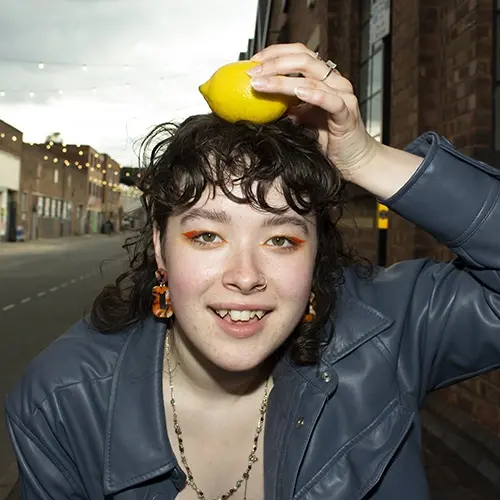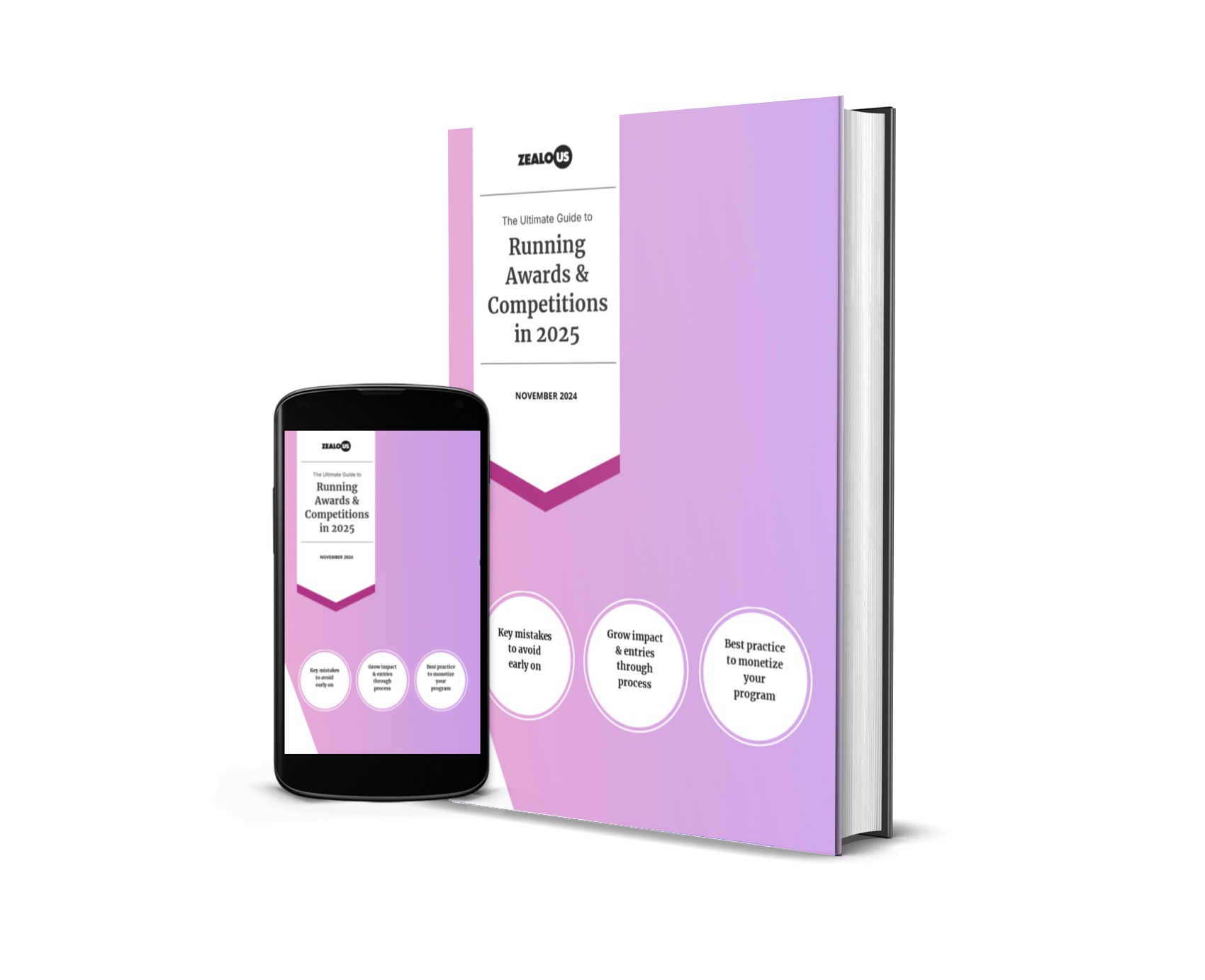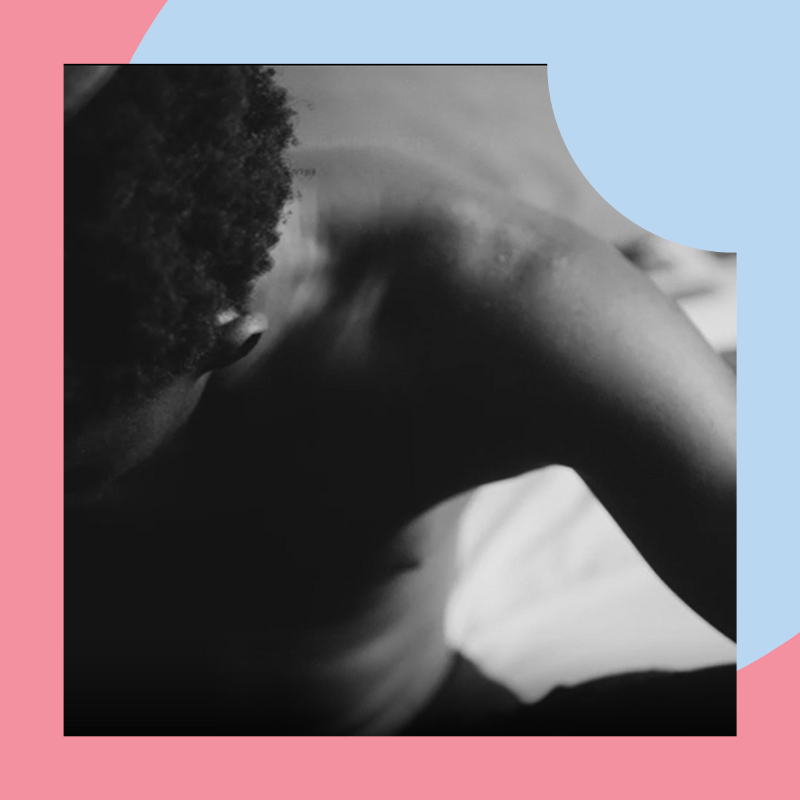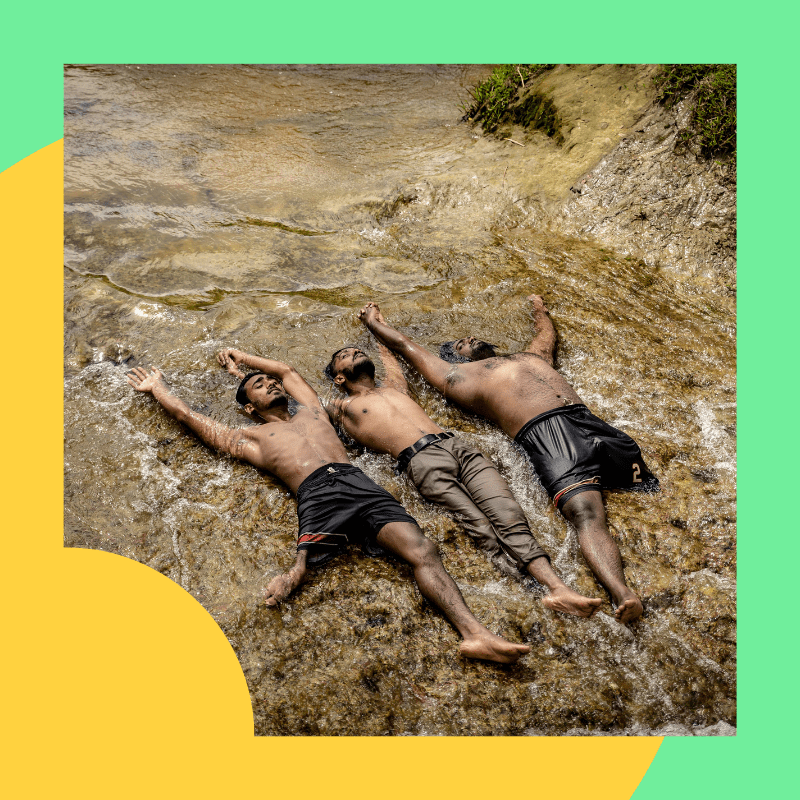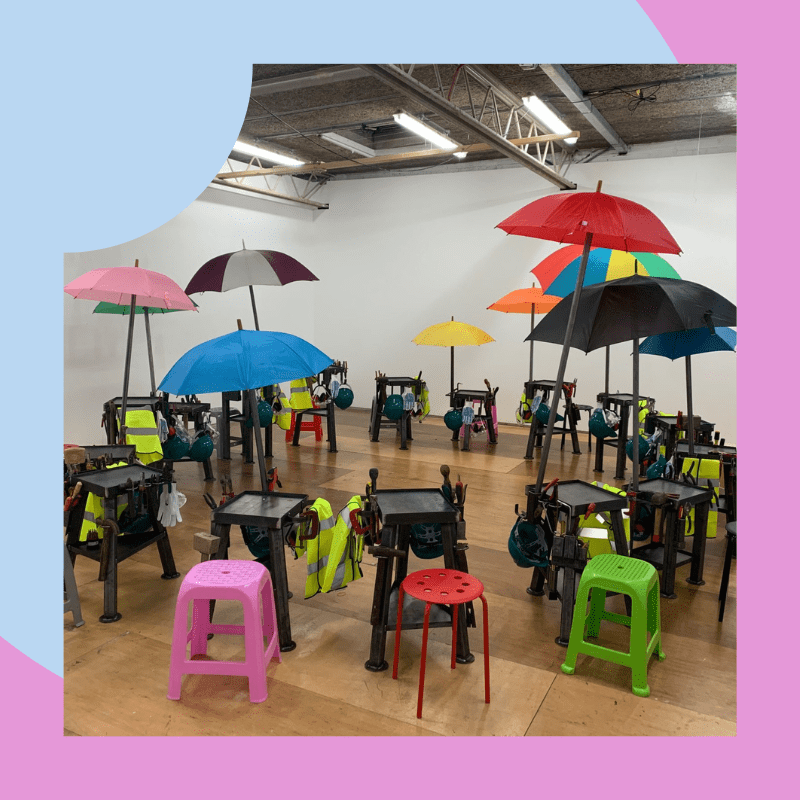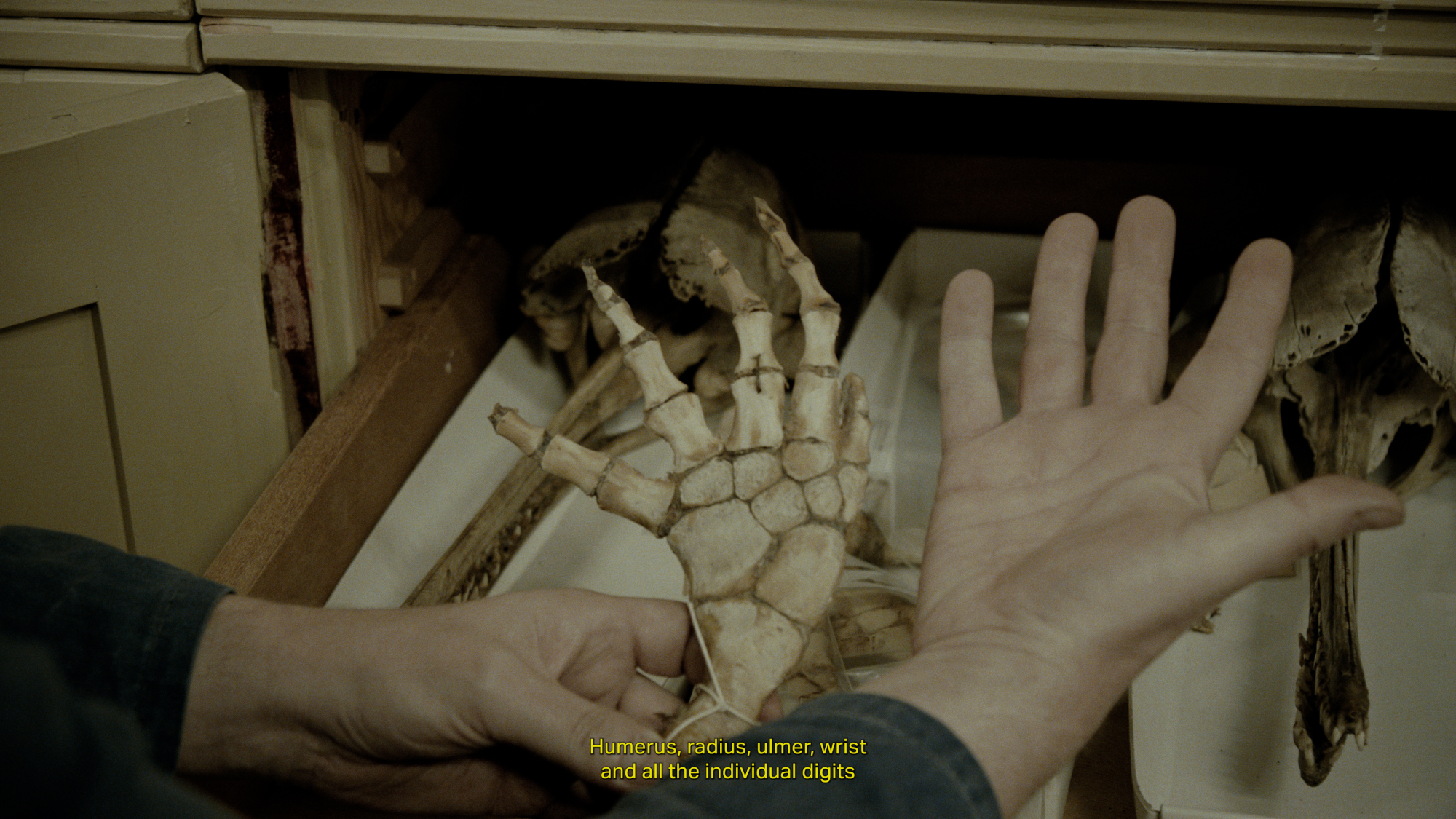
Congratulations on coming second place for Zealous Amplify: Environment! What does your creative process look like?
My process doesn’t really follow a set path. I am constantly gathering research material, material that floats around the periphery of subjects I am interested in. At the moment these tend to be about examples or techniques or images of ‘communal survival’. A lot of this has been connected to ideas of non-human-centrism and the environment as perhaps it’s one of the ways we might survive this state of precarity we are in. I don’t tend to focus research towards a specific work from the outset but rather meander casually through things until I see the connections, or until an idea for something more concrete starts to naturally form. Throughout this I tend to assemble a lot of collages – of text, found images and my own imagery – making notes, grouping ideas and bits of research together through my own associations.
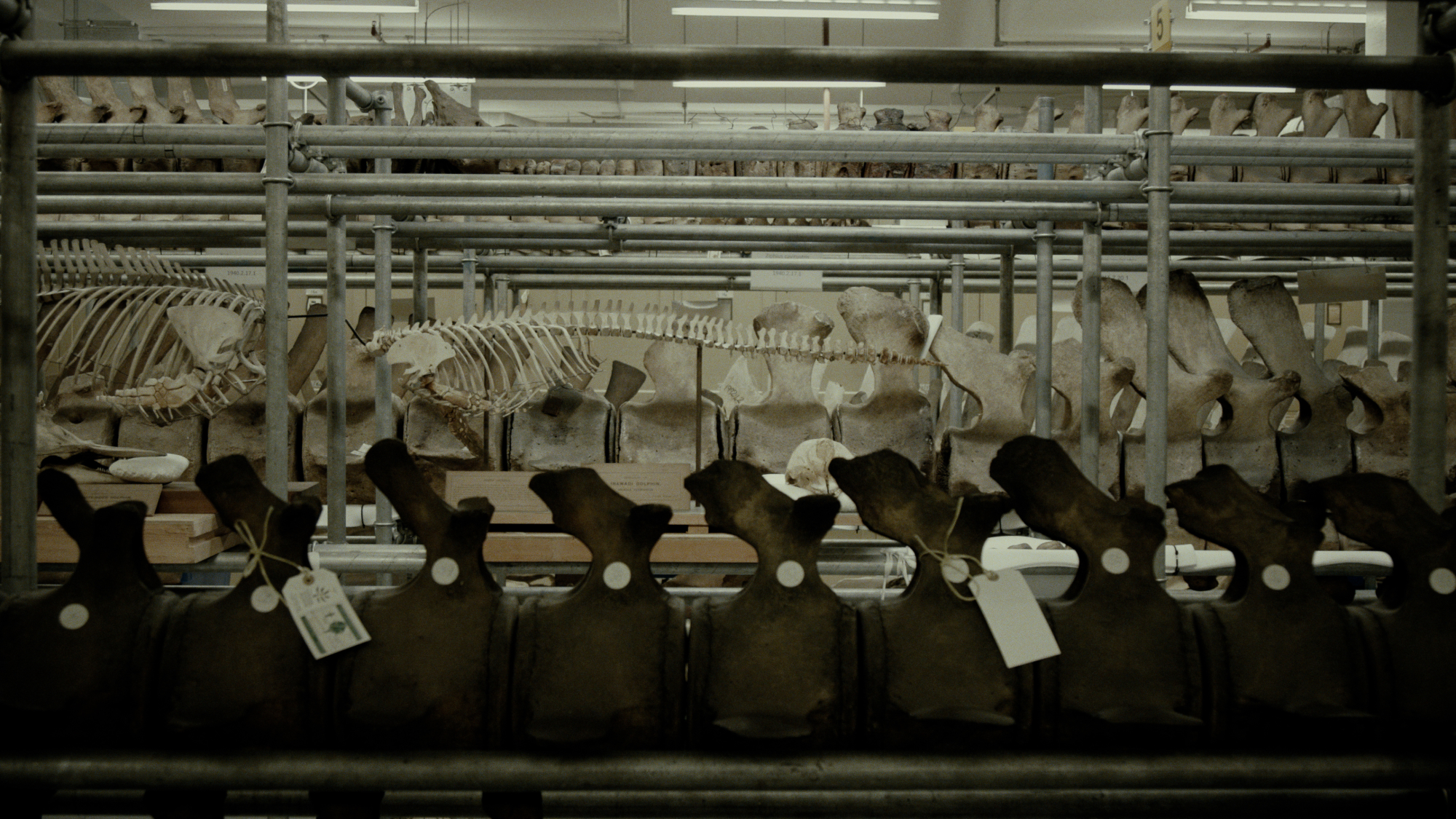
Your winning piece ‘Deep in The Eye and The Belly’ is an ongoing body of work entwining stories of cetacean bodies with imagined oceanic futures. What was the aim behind creating this piece?
Perhaps my awkward and probably unhelpful answer to the question about my creative process is better articulated by talking about this project specifically. There’s no real ‘aim’ to making the work, other than trying to communicate and share some of the things I have been thinking aboutin an effort to get them out there and connect with people. Over quite some years I had been collecting articles and bits and pieces of research about whales. At first this was particularly about strandings that had been happening around the UK, particularly along the Thames Estuary. I grew up near the coast in Essex and had been making work about my relationship to that landscape and got thinking about these cetacean strandings as omens. Then as this research extended it became more connected to climate change, oceanic futures, communal strategies of coping with disaster and bodies in states of transformation. I came across an image of the “Malm Whale” in the Gothenburg Natural History Museum, which depicted a group of people sitting and dining inside the body of the whale. This of course connected with the presence of whale bodies in religions, myths and legends and people being swallowed or inhabiting them in some way. So I began to group these ideas together and undertook research visits to the museum in Gothenburg and also the cetacean research Natural History Museum in London. Again, this treatment of the animal body was very present and I was presented with cetaceans in literal states of de- and re-construction. The writing I had been doing then seemed to fit with this idea of a series of monologues exploring different aspects of this possible oceanic future connected to whales, centred around this image of people inhabiting the body in some way. Once I’d written these monologues, the film sort of then slipped into production working with an amazing group of people many of whom I have collaborated with in the past. That’s also important to my process, creating and maintaining collaborative relationships with my friends and peers.
In your Somerset House Studios Artist Profile Film on Channel , you said: ‘Being outside is less about drawing inspiration and more about the different ways of seeing and the different scales of attention’. Does this change how you interact with the environment around you?
Yeah, in some ways it does, or at least it definitely can. In that interview I was being asked about inspiration and was trying to articulate how I don’t really feel like I draw “inspiration” from the environment in a one directional manner. Instead I try to consciously shift my attention when I am outside to notice things on different scales and temporalities, so that I can think about this when I am making time-based work. The intention then is to ask audiences to attune to this way of looking both at my work and their own environments.
Your pieces are very powerful and sometimes explore individual and collective agency in relation to climate change. Do you believe that creatives can change the thinking towards climate change and create an impact?
Yeah, I think creativity is a very important tool for figuring out answers to problems, for communicating social changes, for highlighting issues, for protesting…
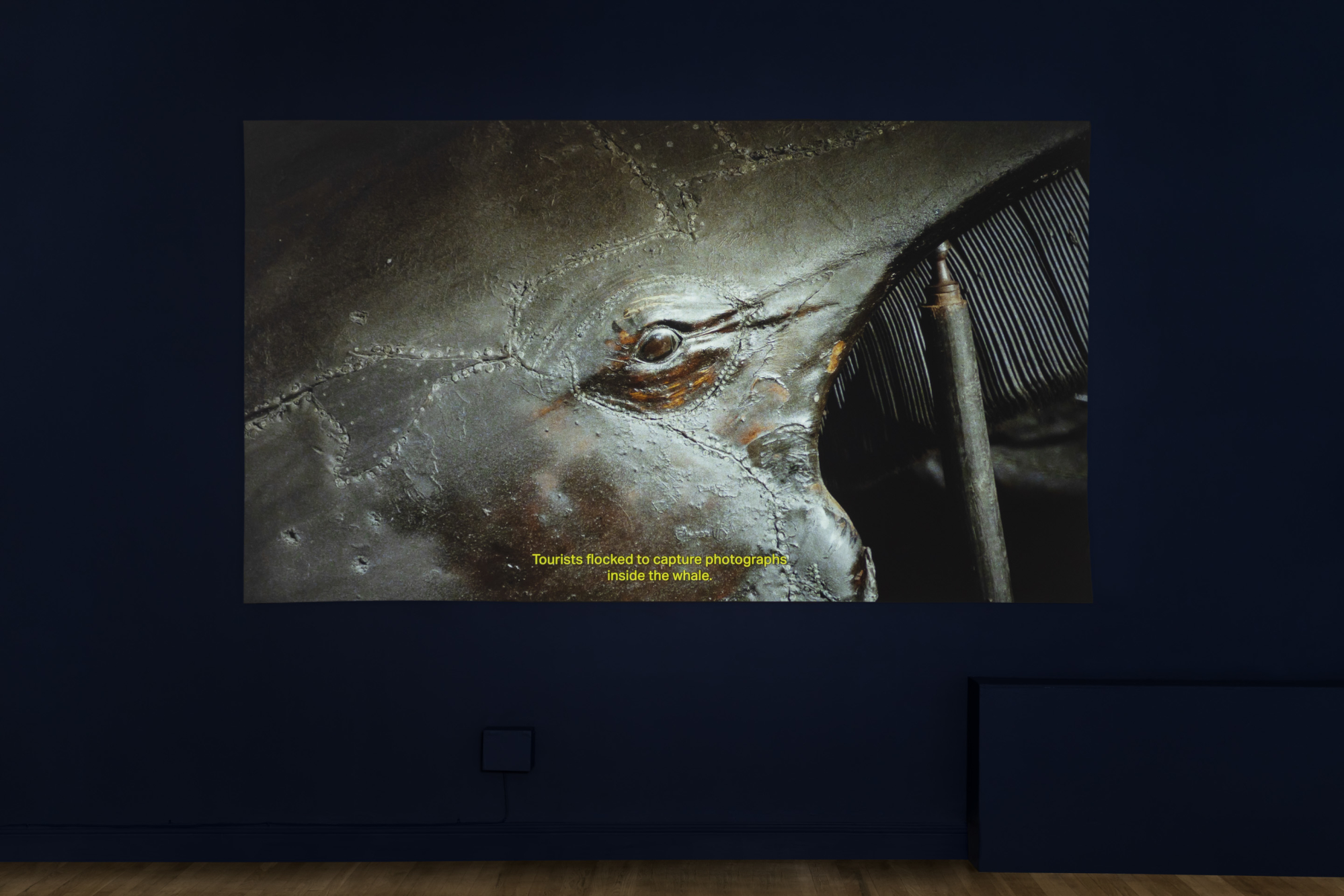
Is there anything you are currently working on?
Deep in The Eye and The Belly is an ongoing project and also consists of physical works. My research and relationship with the museums continues so potentially more chapters of the film series. I am also exploring ways of staging live versions of the monologues. I am also hoping to get one or two other projects off the ground this year in some way. One is a performance based project drawing on our relationship to worms, soil, labour and “softness” and the other is a collaboration with Finnish artist Felicia Honkasalo about weeds and their presence in botanical Gothic fiction.
What is your top sustainability tip you would like to share?
Sustainability tip? I think these things totally depend on your individual situations but perhaps just making every effort to generate less waste – less plastic products/packaging, re-using things as much as possible, composting…
You can find more of Sam’s work on his website and Instagram.
Want us to write more content like this? Give it a like
Share
Authors
